
Health & Safety
55+ years on the forefront of safety
Like everything we do, we worry about the details, so you don’t have to worry at all.
Your best day skiing and riding happens when all you need to concentrate on is listening to your guide and enjoying the snow.
While we recognize that there are always going to be risks in the places we operate, our goal is for everyone joining us to return home healthy and safe. We call it a goal, but really, it’s an obsession — one that permeates every aspect of our business. Because when we operate safely, the experiences we can deliver are unmatched.
Guided turns
Depending on the type of CMH trip you choose, you’ll be guided every step of the way by one, two, or three professionally certified Mountain or Ski Guides.
Our guides have the utmost respect for the backcountry and for the safety of everyone they bring into it. They are passionate about the wilderness and sharing it with others in a safe, supportive environment.
We have the largest guiding team of any heli-ski operation in the world. Our skilled group of more than 150 guides represents over 1,500 years of experience in avalanche hazard evaluation and management, weather analysis, and emergency first aid.
Every CMH guide has completed an average eight-year certification with the Association of Canadian Mountain Guides (ACMG) or the International Federation of Mountain Guides Association (IFMGA).
That’s a whole ‘lotta time spent honing their skills. You’re in exceptionally good hands.
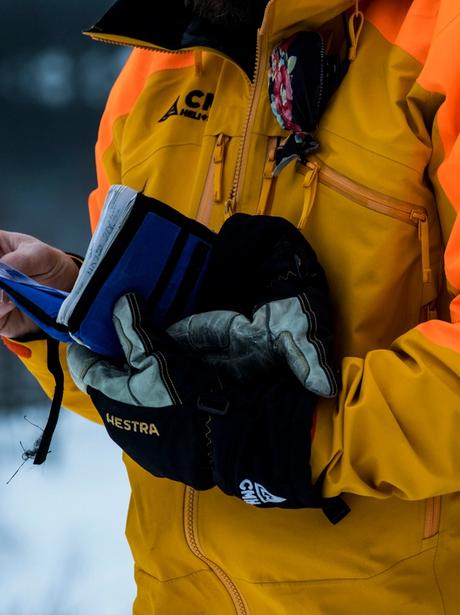
Snow safety
We dedicate a guide and a separate helicopter entirely to monitoring snow safety. All our CMH destinations have access to a dedicated snow safety team — either directly at the lodge or supported by a neighbouring CMH lodge. This is a proven industry-leading practice, and one we’re incredibly proud of spearheading.
How does it work? Each area’s snow safety team operates separately but in coordination with the guided heli-ski program. While you're eating breakfast or out skiing and riding, the snow safety team is focused on assessing the snowpack, evaluating the safety of planned terrain, managing avalanche hazards, and finding the best snow conditions throughout the day for you to enjoy.
And on the rare occasion that a situation requiring a rapid response occurs, you can rest easy knowing there are three support options that are unique to CMH:
The area’s snow safety guide and helicopter are nearby and likely available to help.
Because CMH has 12 destinations in total, we’re able to call on a neighbouring lodge for assistance.
Our lodges are all connected remotely to our main Banff office operations team, which provides a robust behind-the-scenes support system.
Watch: Safety at CMH
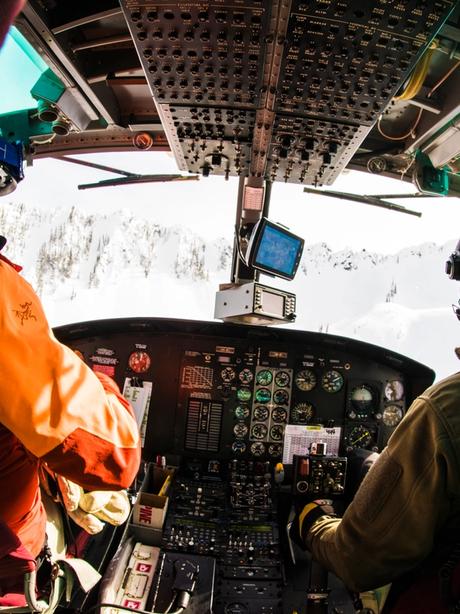
Helicopters
Your experience in and around the helicopter is not hurried or urgent like you might see on TV or in movies; this is a technology to be enjoyed, not rushed. You’ll find that being around the heli quickly becomes a highlight of your trip in its own right. These are powerful machines that allow you to reach peaks, powder and terrain that most only dream of.
Pilots & engineers
The fleet of 32 aircraft that make our heli-skiing program possible are flown by highly experienced mountain pilots and are maintained onsite by a dedicated full-time engineer. Pilots and engineers are often assigned to the same CMH area for years and years, so they have an intimate knowledge of flying and operating in the area during all types of weather conditions. They bring thousands of hours of skill to their job and are simply the best at what they do. Pilots and guides also share a special relationship — together they are constantly evaluating the conditions and potential hazards so you can enjoy yourself to the max.
Owned & operated
We fly a combination of Bell 212, Bell 407 and A-Star B3 helicopters. As one of a select group of heli-ski companies worldwide that owns its helicopter operations, we’re able to be intimately involved in every step of the aircraft’s lifecycle: manufacturing, maintenance and flying. We own our helicopters, the company that flies them, the maintenance/engineering facilities, and we manufacture the parts that are used in those facilities. We know every little thing about these machines, inside and out.
This is possible thanks to our helicopter operating partner, Alpine Helicopters, which has been part of the CMH family for more than 30 years. Alpine Helicopters has an industry-leading reputation for excellence and an Aerotech division that services Bell helicopters from all over the world.
The first heli-ski helicopter
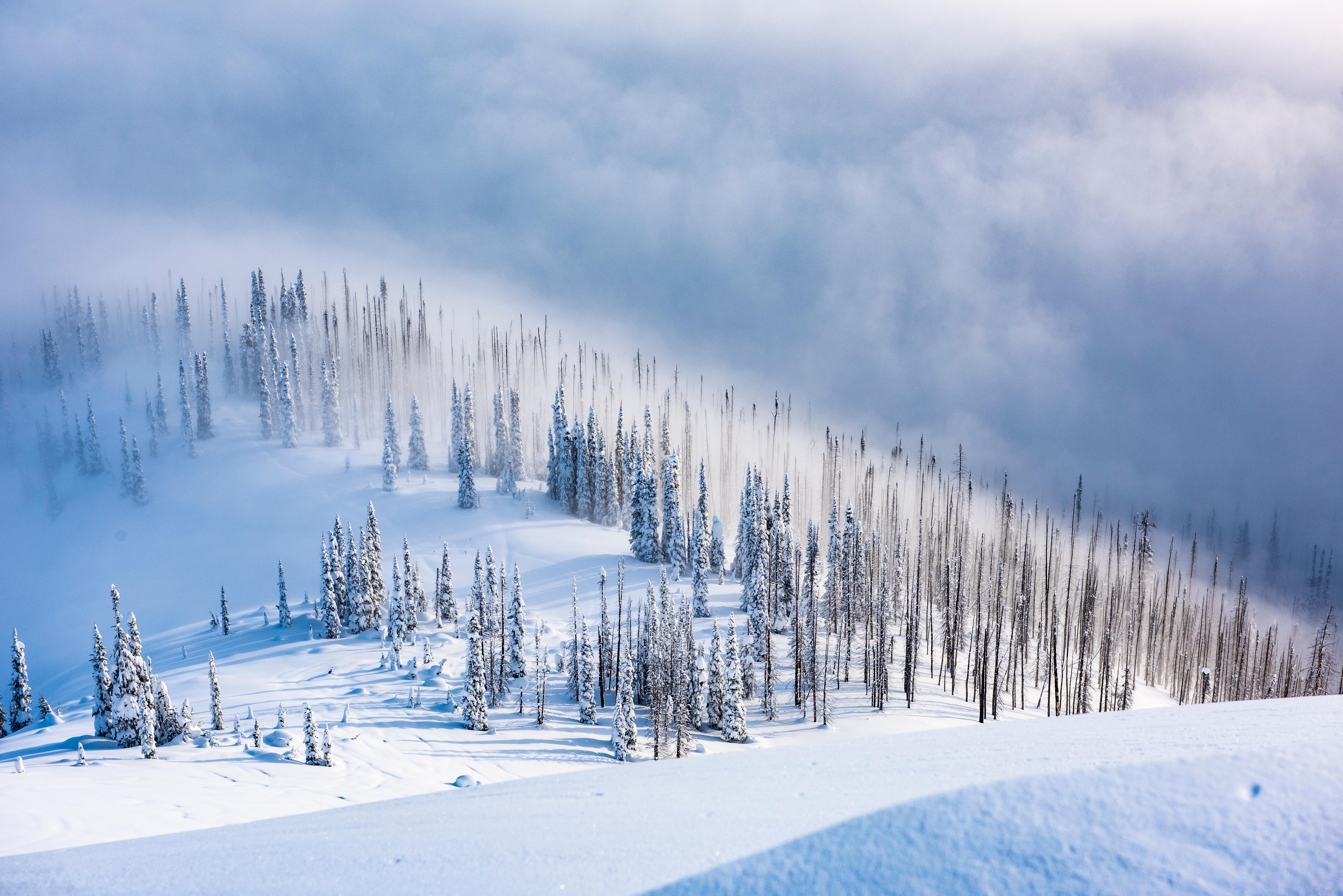
Weather and avalanche forecasting
In order to make the best decisions, it helps if you have great data.
One of the ways we’re able to make safety decisions and find you the best snow to ski and ride is by using information collected from remote telemetry weather stations strategically located in several CMH areas. One of our longtime guides with a talent for communications tech (thanks, Rob!) has built a number of these weather stations, which transmit data via a radio repeater network. Some stations even have real-time cameras.
Armed with this valuable data-collection technology, our guides can access the most up-to-date wind, temperature and snowpack stats, and check for visibility and flying conditions. All 12 CMH areas meet via conference call every single evening of the heli-skiing season to share information and live observations from the day. That amounts to around 1,800 collective hours devoted to real-time knowledge transfer. Altogether, it’s an invaluable joint source of statistics to help inform decision-making.
In addition, CMH is also part of an industry-wide avalanche information-sharing initiative called the ‘INFO-ex.’ All snow operators in the province — heli-skiing, cat-skiing, plus local resorts — regularly submit avalanche observations, weather and snowpack data to Avalanche Canada, the national body that facilitates public avalanche safety. This wealth of information is shared among all operators across British Columbia, and it’s also one of the main sources used to generate public avy forecasts. If you’ve used Avalanche Canada forecasts for your personal snow pursuits in BC's interior, some of the data used to generate it came straight from a CMH guide.
Equipment
More than half a century of experience has put us at the forefront of safety equipment and technology.
We are always thinking, testing and uplevelling our safety practices and products, which include mandatory avalanche transceivers, radios and guest safety packs, plus the optional AFDs (avalanche floatation devices) you may choose to use when joining us on a trip.
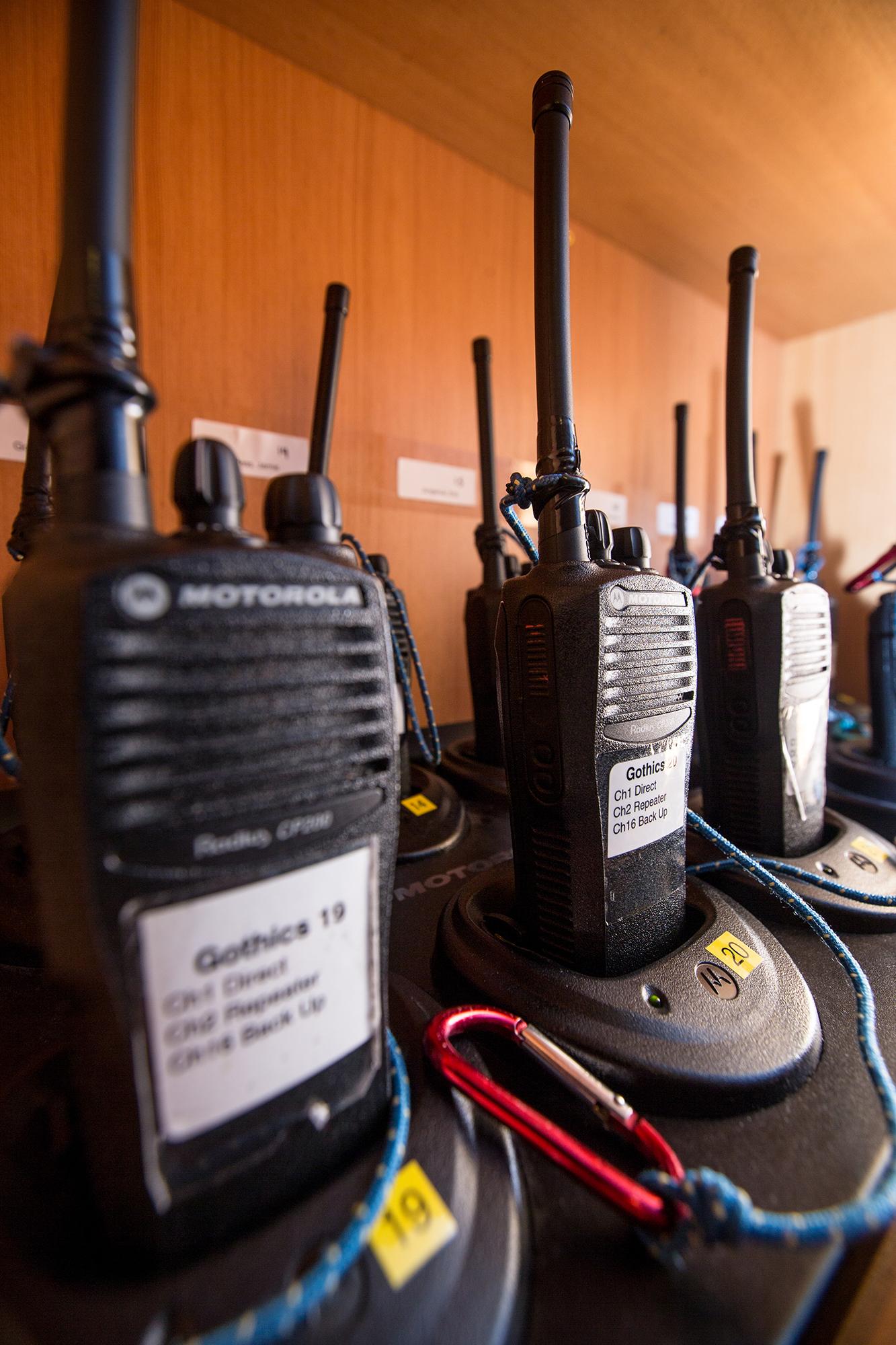
Radios
Every single CMH guest carries a handheld two-way radio in their jacket pocket as an added layer of connection and safety. This means you’re always able to communicate with your group and guide, no matter where you are on the run.
Safety pack
Everyone who skis and rides with us wears a guest safety pack and is trained in how to use its contents. It is a low-profile backpack designed by Arc’teryx that holds a shovel and a probe. The pack’s small size does not impede your movements, but it provides valuable backup tools in the case of an emergency.
Transceivers
CMH has a unique partnership with mountaineering gear pros, Mammut. Because we have 12 destinations, we have more guides and guests using transceiver technology on any given day than any heli operator around. We use this opportunity to collaborate with Mammut on how to maximize its avalanche transceiver technology — we provide Mammut’s team with ongoing feedback and suggestions that help shape the development of the next generation of avalanche safety devices.
AFDs
We have a similar partnership with Mammut to help develop the best AFD (avalanche floatation device) technology. AFDs are available to rent upon request at any of our CMH destinations — simply indicate your interest when booking if you wish to ski or ride with one.
Expert medical team
In addition to the wealth of wilderness first aid knowledge our guides have, we work with an expert physician who advises us on all our medical and emergency protocols and procedures.
This doc is the guy you want to have in your corner; he’s the International Commission for Alpine Rescue’s Canadian representative and is a leader in alpine medicine. He advises us on the medical supplies and equipment that we stock for our entire operation and assists with medical situations that may arise.
Our medical advisor also conducts annual training with all CMH guides on current first-aid and mountain rescue best practices. We consult the latest information and tools from the world’s leading health experts and government authorities on the most up-to-date health and hygiene practices for all aspects of our business.
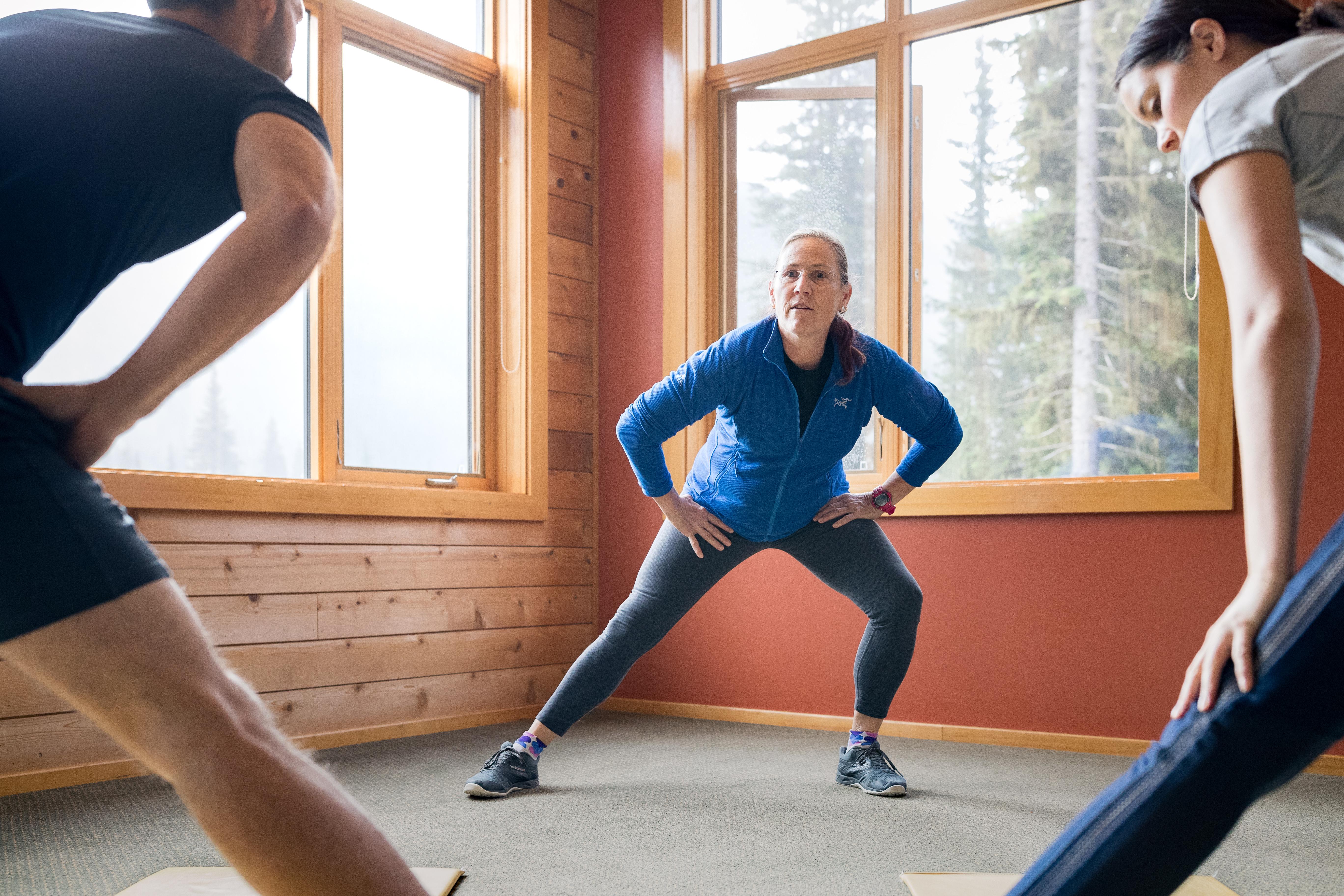
Health & Wellness
We ask that you arrive healthy and fit in order to make the most of your trip.
Our lodges host a dynamic warm-up each morning before breakfast to activate your heli-skiing muscles. There are also fitness facilities and gym equipment for you to use, as well as on-site registered massage therapists and spa facilities to help you rest and restore yourself each evening.
If you are feeling unwell prior to your trip, whether it’s a cold, flu, or something else, we ask that you consider cancelling your trip and that you contact us to discuss your options. Should you become ill while on your trip, we will assess the situation with our medical team and determine the best approach to care for you and all others in the lodge. You will not be permitted to join activities until you are cleared to do so.
Your role as a guest
Health and safety are a shared responsibility. When you ski and ride with us, you have an important part to play. It’s your job to arrive healthy and fit, and to follow your guide’s and pilot’s instructions diligently. Everything in our lodges is a team effort, from the 55+ years of experience that have led to our protocols, to our hospitality team’s sanitization practices. No question is a dumb question, so if at any time you’re uncertain about something, please ask.
It’s important you review and fully understand all our policies and protocols, including our guest agreements.
It was Wonderful
For a first trip, it was wonderful. I had apprehensions, of course, but once I started on the adventure I felt very safe and well taken care of.